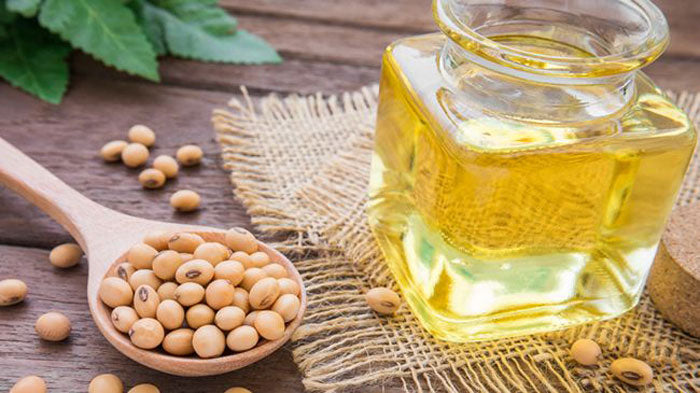Almond oil is a luxurious and versatile oil commonly used in cooking, skincare, and haircare. Making almond oil at home can be a rewarding experience, offering a pure product free from additives and chemicals. Whether you're a culinary enthusiast looking to expand your skills or a DIY lover eager to create something special, this guide will walk you through the steps of making almond oil at home.

Why Make Your Own Almond Oil?
When you make almond oil at home, you're not only ensuring its purity but also reaping all the natural benefits it offers. Store-bought almond oil often contains preservatives and additives that can reduce its effectiveness. On the other hand, homemade almond oil retains its natural properties, making it particularly beneficial for skincare and culinary uses.

What You Will Need
Ingredients
- Raw almonds: Ensure they are organic and non-irradiated.
- Optional: A few drops of vitamin E oil as a natural preservative.
Equipment
- High-speed blender or cold press oil extractor
- Fine mesh strainer or cheesecloth
- Glass jar for storing the oil
- Bowl for collecting the oil

How to Make Almond Oil: The Cold Press Method
The cold press method is one of the most efficient and traditional ways to extract almond oil. This method preserves the nutrients and results in high-quality oil.
Step-by-Step Instructions
1. Prepare the Almonds
Start by soaking the raw almonds in water for at least 12 hours. This softens them and makes them easier to press.
2. Crush the Almonds
Use a high-speed blender or food processor to crush the soaked almonds into a coarse paste. You may need to stop and scrape down the sides to ensure even blending.
3. Extract the Oil
Transfer the almond paste to a cold press oil extractor. Follow the machine's manual for the best results. If you don't have a cold press machine, you can also use a fine mesh strainer or cheesecloth to manually squeeze out the oil.
4. Filter the Oil
After extracting the oil, filter it through a fine mesh strainer or cheesecloth to remove any leftover almond solids.
5. Storage
Pour the filtered almond oil into a clean glass jar. To prolong its shelf life, you can add a few drops of vitamin E oil. Store it in a cool, dark place.

Alternative Methods: The Blender Method
If you don't have a cold press oil extractor, you can also use a high-speed blender. Although this method requires more effort, it is still effective.
Step-by-Step Instructions
1. Prepare the Almonds
As with the cold press method, start by soaking the raw almonds in water for at least 12 hours. Drain and rinse them.
2. Blend the Almonds
Put the soaked almonds into the high-speed blender and blend until they form a smooth, creamy paste.
3. Extract the Oil
Place the almond paste in a cheesecloth. Gather the cloth around the paste and twist it tightly. Squeeze out the oil into a bowl. Be prepared to use some arm strength!
4. Filter and Store
Just like the cold press method, filter the oil again to remove any remaining solids. Store it in a glass jar, adding a few drops of vitamin E oil as a natural preservative if you like.
The Benefits of Almond Oil
Almond oil is incredibly beneficial for several reasons:
- Skin Care: Almond oil is rich in vitamin E, making it excellent for moisturizing and nourishing your skin. It's also effective in treating dry skin conditions and reducing scars.
- Hair Care: The oil can be used to condition your hair, making it softer and more manageable. It's also great for treating dandruff.
- Culinary Uses: Besides its cosmetic uses, almond oil is also a great option for cooking. It adds a nutty flavor to dishes and can be used in dressings and dips.
FAQs (Frequently Asked Questions)
Can I use roasted almonds to make almond oil?
While you can use roasted almonds, it's advisable to stick to raw almonds for the richest nutrient content and best quality oil.
How can I tell if my homemade almond oil has gone bad?
Homemade almond oil can last for up to six months if stored correctly. However, if it starts to smell rancid or changes color, it's best to discard it.
What can I use as an alternative to almond oil?
Other nutritious alternatives to almond oil include coconut oil, olive oil, and avocado oil, all of which have similar benefits and uses.
As an Amazon Associate, I earn from qualifying purchases.
If you are interested in more DIY recipes and natural living tips, be sure to visit this site. For comprehensive kitchen cleaning tips, you can check out this guide.






Leave a comment
This site is protected by hCaptcha and the hCaptcha Privacy Policy and Terms of Service apply.